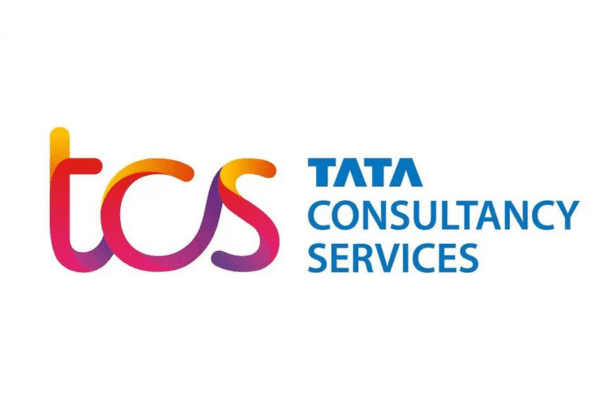Tata Consultancy Services (TCS), the largest IT company in India, has instructed its employees to return to the office. In one of the largest office space deals in Delhi-NCR, TCS has leased 400,000 sq ft in Noida.
The new office space is at Assotech Business Cresterra on the Noida expressway.
“Return-to-office policies implemented by large corporations are fuelling a renewed demand for high-quality office space, particularly Grade A properties. IT companies have traditionally dominated office space needs, and with most of them having ended work from home, we expect an increase in demand for Grade A office space in the coming quarters,” said Vibhor Jain, Managing Director, North India, Cushman & Wakefield.
Assotech Business Cresterra spans 2 million sq ft, and TCS has acquired space in the final building of the project. Genpact and Celebal Technologies were earlier tenants in the same complex.
Delhi-NCR witnessed a gross leasing volume (GLV) of 3.7 million sq ft in October- December, the highest in 2023. This marked a 10% increase on a quarter-on-quarter basis, almost matching the robust volumes seen in the same quarter last year, according to Cushman & Wakefield.
Of this GLV, 83% comprised fresh space take-up, with pre-commitments making up 11%. Notably, the flex space sector emerged as the largest consumer of space in the fourth quarter, securing a 24% share and surpassing the typically dominant IT-BPM sector, which held a 23% share in leasing.
In the last quarter, Delhi-NCR experienced an addition of approximately 2.9 million sq ft, contributing to the total annual launches for 2023, reaching 4.9 million sq ft. With a significant surge in supply during Q4, almost 1.2 times higher than the average of the past six quarters, the vacancy rate has marginally increased by 50 basis points on a quarter-on-quarter basis.
The forecast indicates the emergence of over 19 million sq ft of supply between 2024 and 2026, with nearly 44% concentrated in the prime submarkets of Gurgaon and Noida. This is expected to result in a higher vacancy rate, although substantial demand is anticipated to act as a mitigating factor to some extent.



